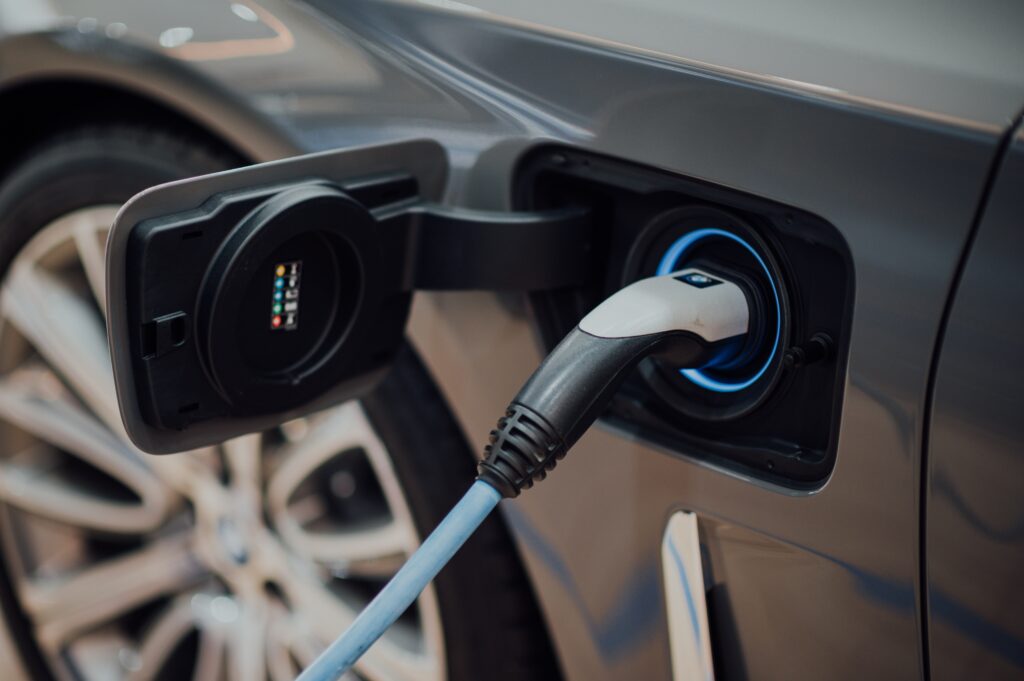New Lithium-ion batteries overcome issues linked to extreme cold
One of the biggest limitations to the performance of Lithium-ion batteries may have been overcome thanks to scientists in China.
While Lithium-ion battery technology has come on leaps and bounds over the last decade, a major challenge has still been their poor ability to store charge in extreme cold, with temperatures below -35C leading to the rapid depletion of battery power and frequent need to recharge, hence EV drivers in regions regularly prone to sub-zero conditions reporting problems with reliability and the inability to use these devices for activities such as space exploration.

Now a team of scientists in China have reported their work to adapt the design of Lithium-ion batteries has led to a significant improvement in performance at very low temperatures. The experts looked at modifying surface structure with the use of a carbon-based material, made by heating a cobalt-containing zeolite imidazolate framework – known as ZIF-67 – to a high temperature.
This created a 12-sided carbon nanosphere with a bumpy surface, offering excellent electrical charge transfer capabilities, maintaining 85.9% of room temperature energy storage capacity when just below freezing, a significant improvement on previous designs that offered virtually no storage capacity below zero. At -35C, almost 100% of the charge inside the device was available for release.
It is hoped this development will open up new possibilities in terms of both the functions Lithium-ion batteries can be used for, and the situations they can be used in. However, questions still remain over the mining of raw materials in standard Lithium-ion batteries and this new design, with industrial scale sourcing of elements like lithium and cobalt proven to cause significant environmental damage. However, in January the University of Bristol announced the successful development of an electric vehicle battery made from sustainable cellulose.
Image credit: CHUTTERSNAP

















